Towards the center of our Milky Way Galaxy, in the constellation Sagittarius, astronomers have discovered 10 monstrous neutron stars. Astronomers already knew that 39 pulsars call Terzan 5 home.
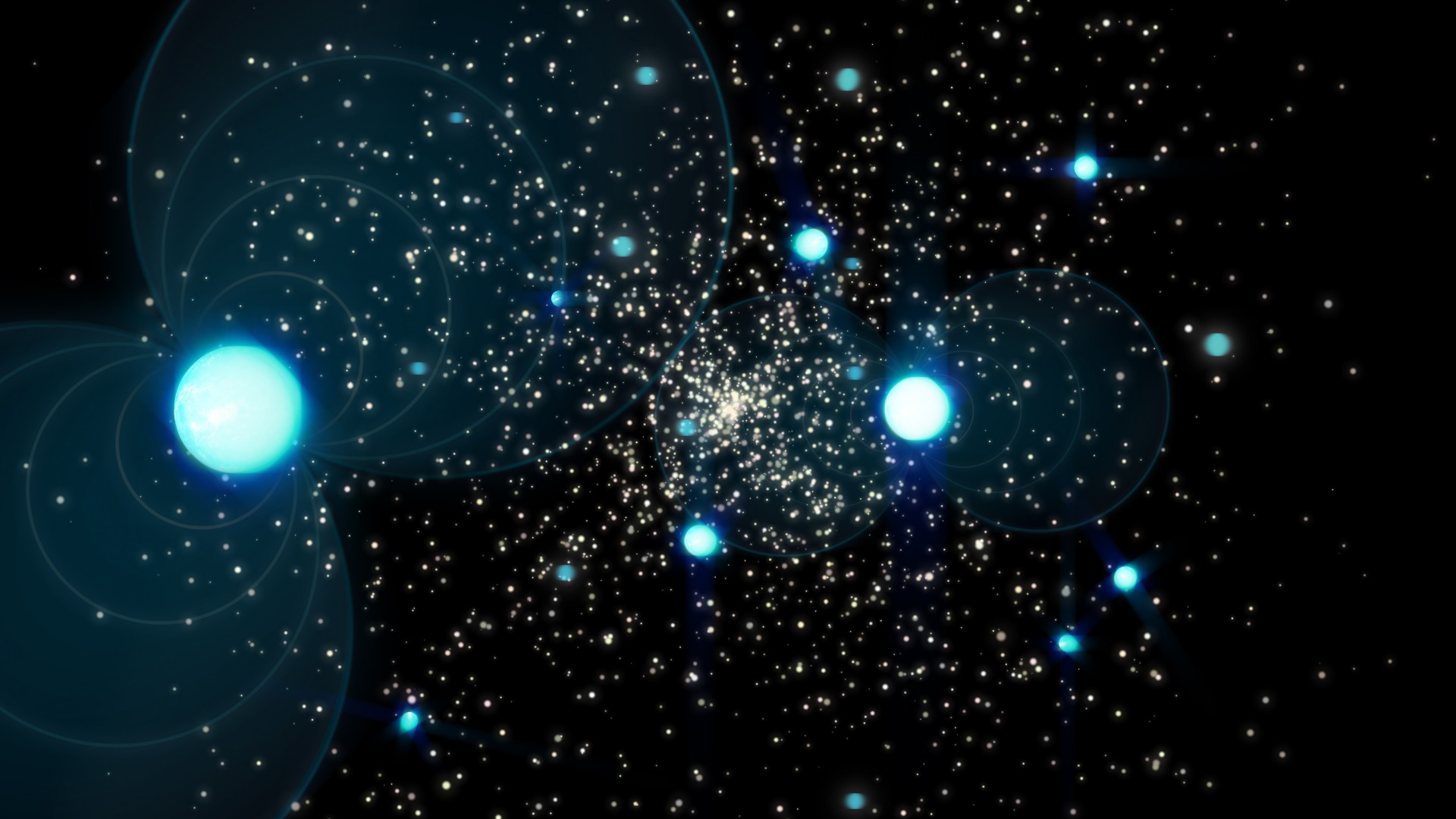
news, journals and articles from all over the world.

Towards the center of our Milky Way Galaxy, in the constellation Sagittarius, astronomers have discovered 10 monstrous neutron stars. Astronomers already knew that 39 pulsars call Terzan 5 home.
Because of the number and density of neutrinos involved, it is nearly impossible to calculate the movement of neutrinos from compact astrophysical systems such as core-collapse supernovae and neutron star mergers.
The way protons and neutrons move between two nuclei is key to understanding the processes in low-energy nuclear fusion reactions. As the nuclei draw close enough for the nuclear forces to become effective, neutrons and protons can migrate from one nucleus to another, potentially easing the fusion process.
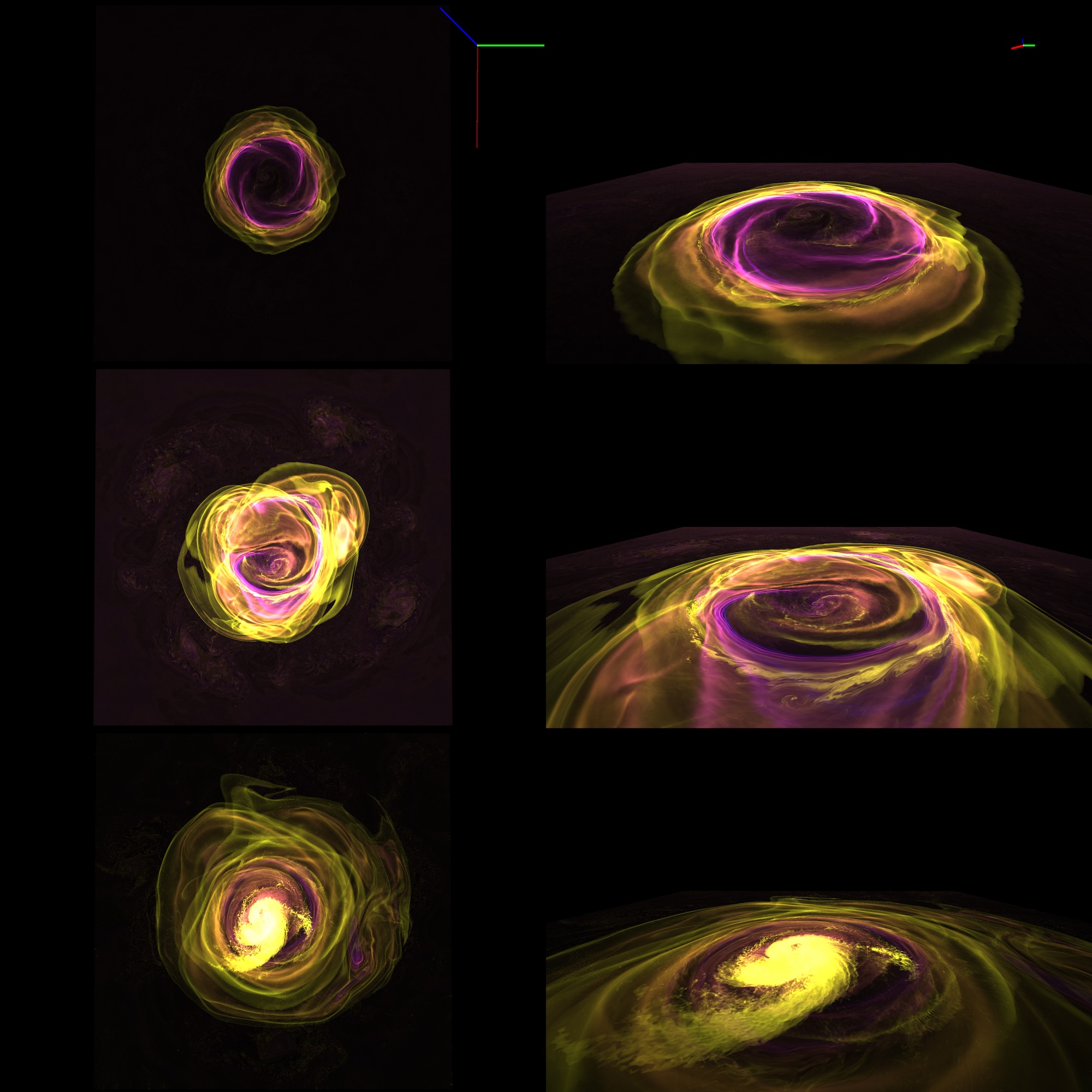
Astrophysicists at the State University of New York, Stony Brook, and University of California, Berkeley, used the Oak Ridge Leadership Computing Facility’s Summit supercomputer to compare models of X-ray bursts in 2D and 3D.
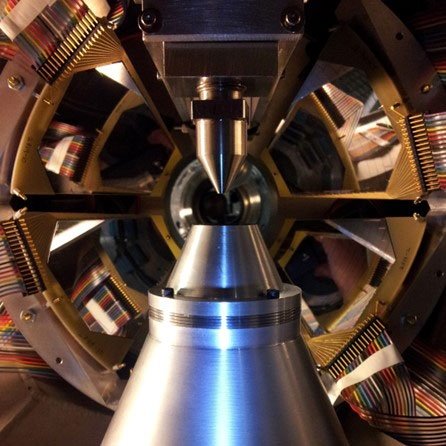
Using a combination of experimental facilities, researchers directly measured a key reaction that takes place in the explosions on the surfaces of neutron stars. This is the first-ever measurement of this reaction. Contrary to expectation, the experimental data agreed with predictions from a common theoretical model used to calculate reaction rates.
Recent data from the Relativistic Heavy Ion Collider show how three distinct variations of particles called upsilons “melt,” or dissociate, in the hot particle soup that existed in the very early universe. The results from the STAR experiment support the theory that this hot matter is a soup of “free” quarks and gluons. Measuring how different upsilons dissociate helps scientists learn about the quark-gluon plasma.
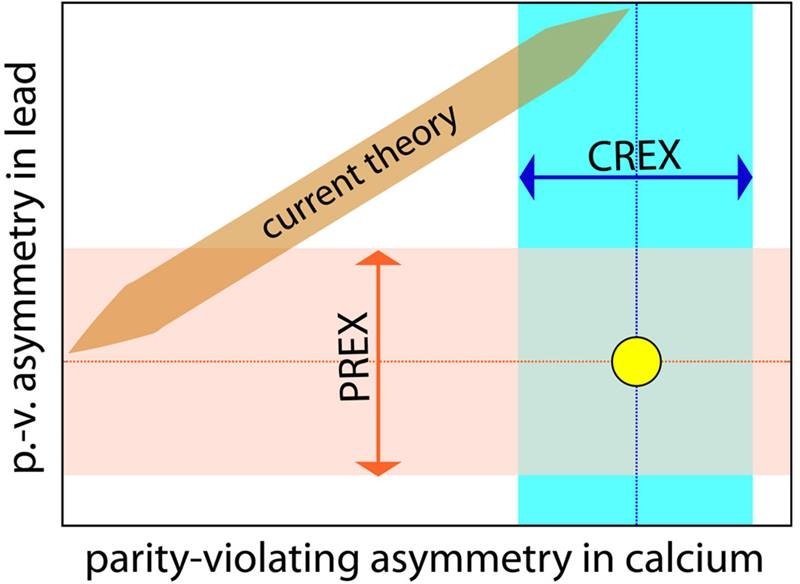
Recent experiments involving a tiny left-right asymmetry in electron scattering off lead-208 and calcium-48 indicate a disagreement between the experiments’ results and the predictions of global nuclear models. This result indicates a need to investigate limitations of current nuclear models or other sources of uncertainty. This has repercussions for scientists studying topics from neutron skins to nuclear symmetry energy to neutron star physics.
Researchers are combining experimental, theoretical, and observational data on neutron stars to constrain the equation of state (EOS) and to glean the composition of their interiors. Different techniques probe the EOS at different densities, thereby creating a “density ladder” that aims to connect the various rungs. The findings indicate a possible phase transition in the interior of neutron stars.
A Northwestern University-led team of astronomers has developed the most extensive inventory to date of the galaxies where short gamma-ray bursts (SGRBs) originate.
Astronomers using data from the VLA Sky Survey have discovered one of the youngest known neutron stars — possibly as young as only 14 years. It was revealed when bright radio emission emerged from behind a thick shell of explosion debris.

Maura McLaughlin has been named a 2020 Highly Cited Researcher by Web of Science, one of the world’s top research awards.
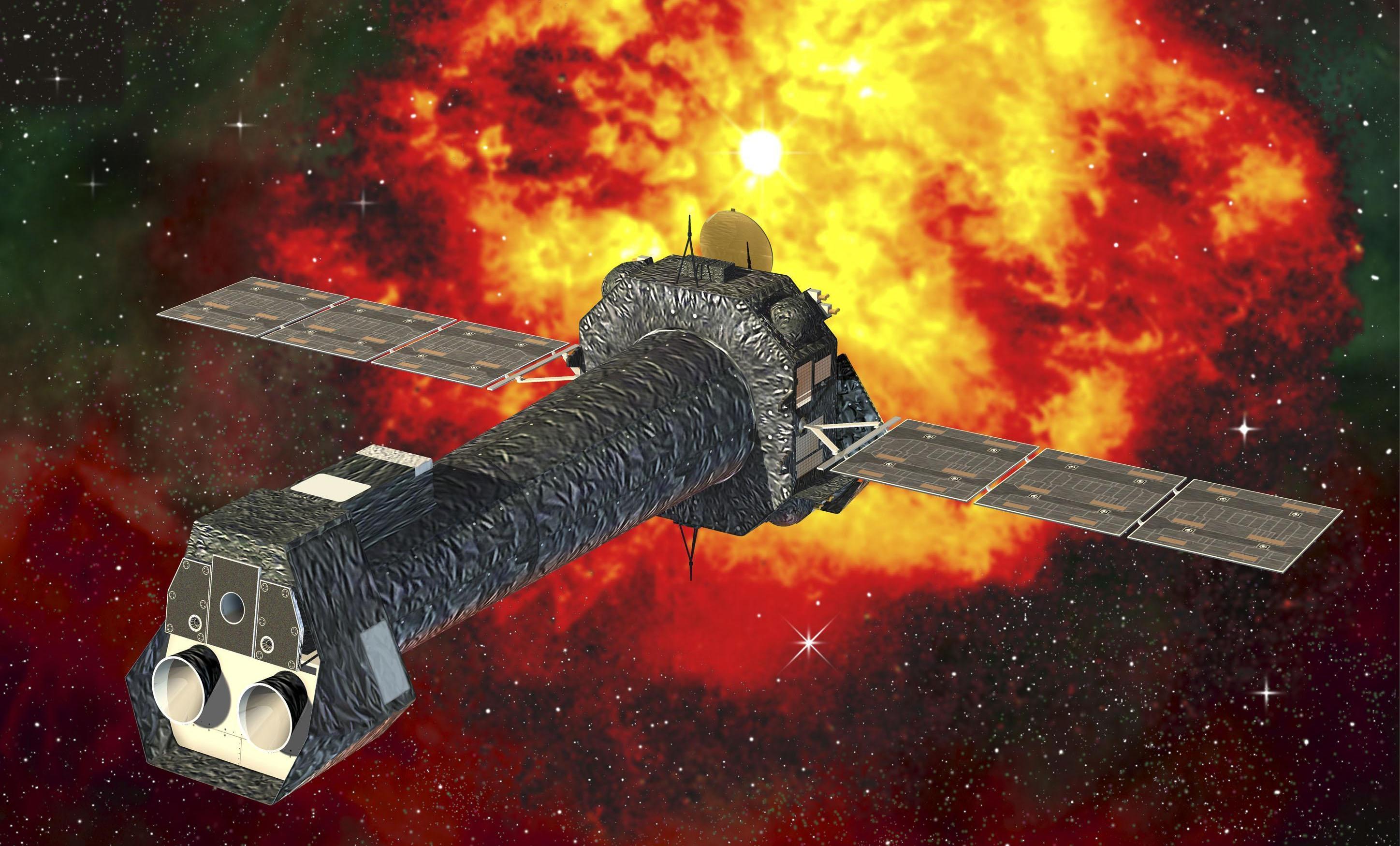
A new study, led by a theoretical physicist at Berkeley Lab, suggests that never-before-observed particles called axions may be the source of unexplained, high-energy X-ray emissions surrounding a group of neutron stars.

An interdisciplinary research team has identified new, narrower limits on the radii of neutron stars—close to 11 kilometers. The novel approach combined two sources of information: the first gravitational-wave and electromagnetic observations of a binary neutron-star collision, and modern nuclear-theory calculations of uncertainty. The results suggest that neutron-star black-hole collisions can swallow neutron stars whole.
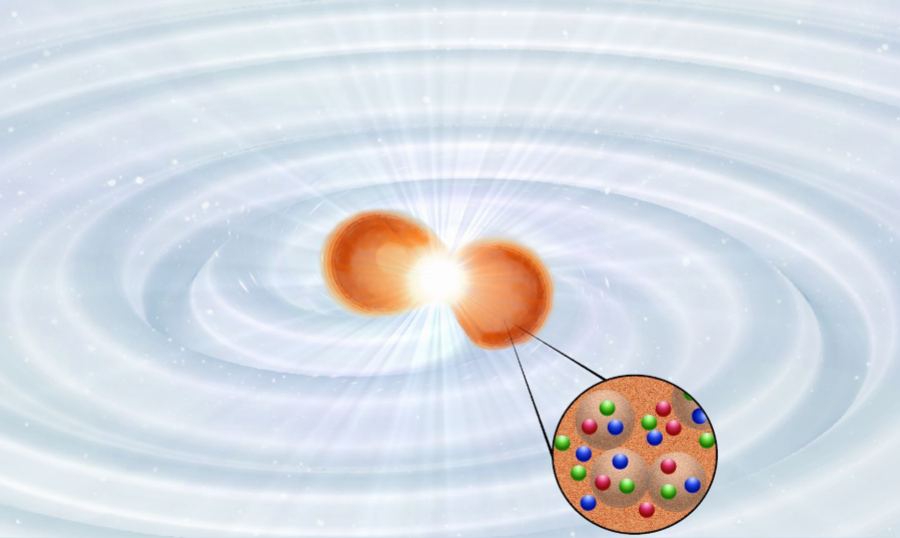
A combination of astrophysical measurements has allowed researchers to put new constraints on the radius of a typical neutron star and provide a novel calculation of the Hubble constant that indicates the rate at which the universe is expanding.
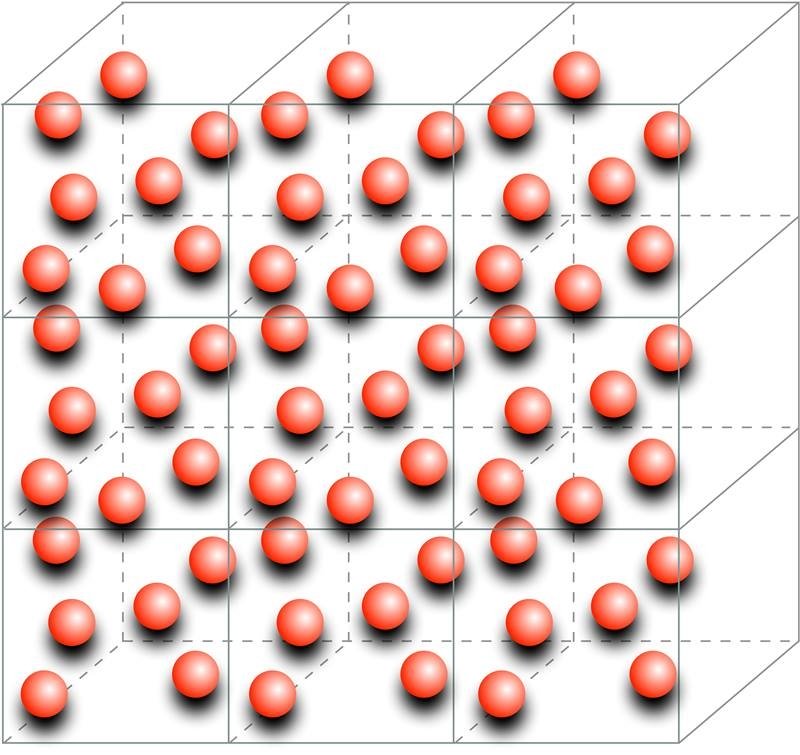
To predict the properties of matter in a neutron star, physicists consider a theoretical model that consists of an infinite system of pure neutrons that interact by the strong nuclear force. This allows them to calculate the neutron matter equation of state and thus how much weight the star can support before gravity crushes it into a black hole.
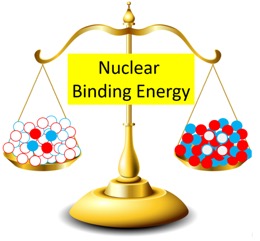
Researchers leveraged data from nuclear scattering experiments to make stringent constraints on how neutrons and protons arrange themselves in the nucleus. Their predictions are tightly connected to how large neutron stars grow and what elements are likely synthesized in neutron star mergers.
How fast is the universe expanding? We don’t know for sure.Astronomers study cosmic expansion by measuring the Hubble constant. They have measured this constant in several different ways, but some of their results don’t agree with each other. This disagreement, or tension, in the Hubble constant is a growing controversy in astronomy.
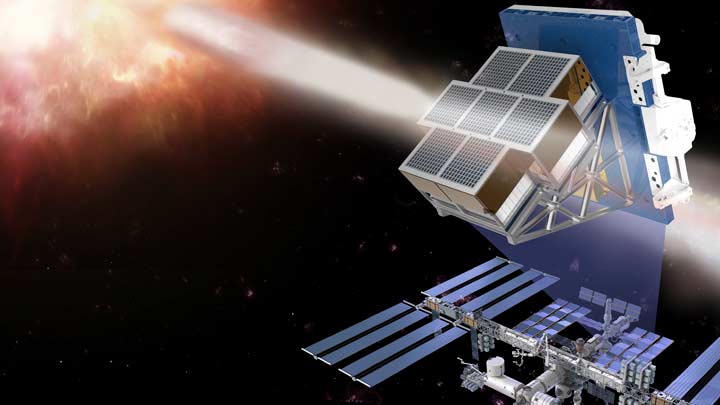
In collaboration with Marshall Space Flight Center (MSFC), the Center for Space Plasma and Aeronomic Research (CSPAR) at The University of Alabama in Huntsville (UAH) has a significant role in LEAP – the LargE Area burst Polarimeter – a mission that is one of four proposals approved by NASA for further review.
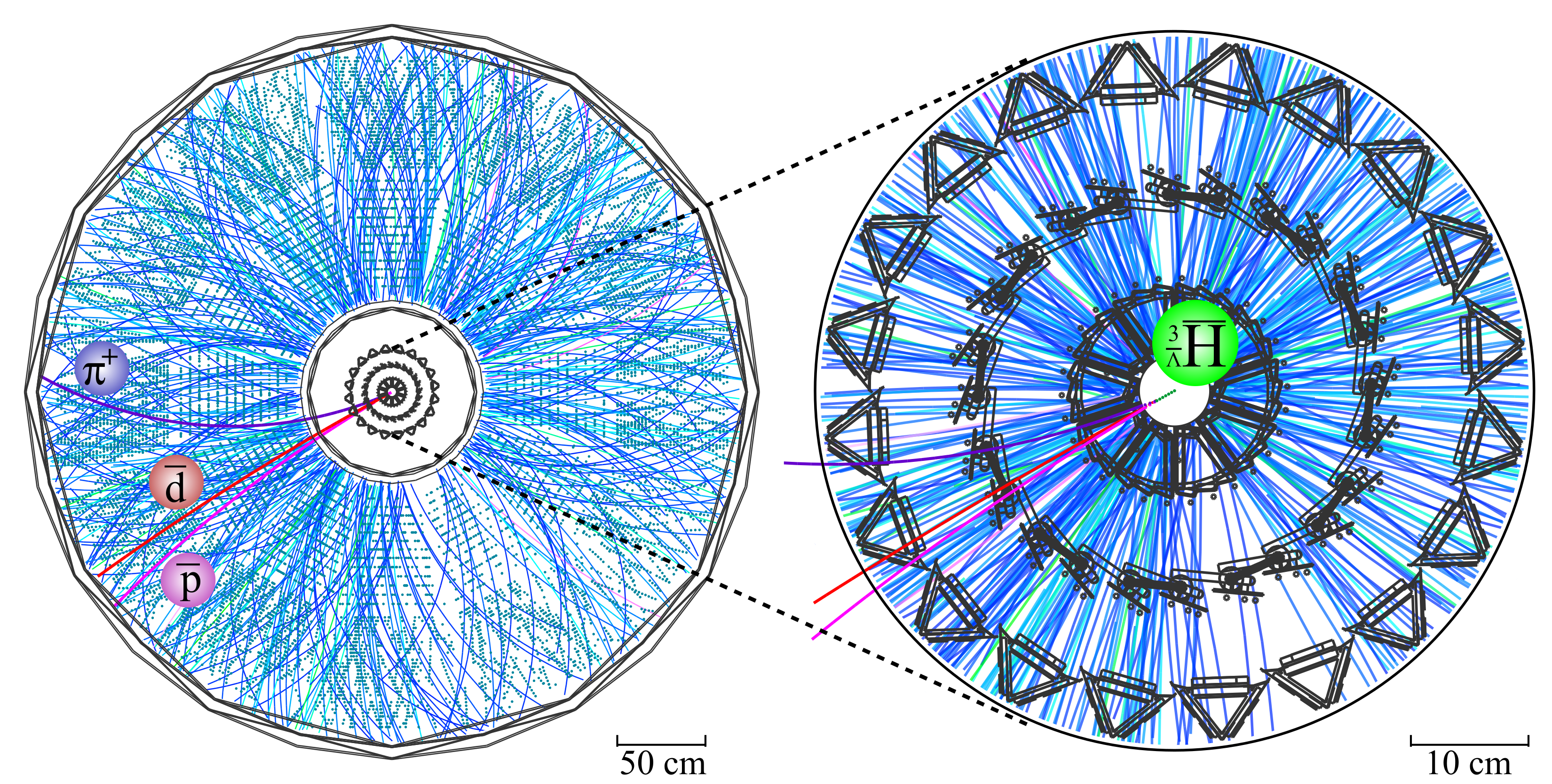
New results from precision particle detectors at the Relativistic Heavy Ion Collider (RHIC) offer a fresh glimpse of the particle interactions that take place in the cores of neutron stars and give nuclear physicists a new way to search for violations of fundamental symmetries in the universe.
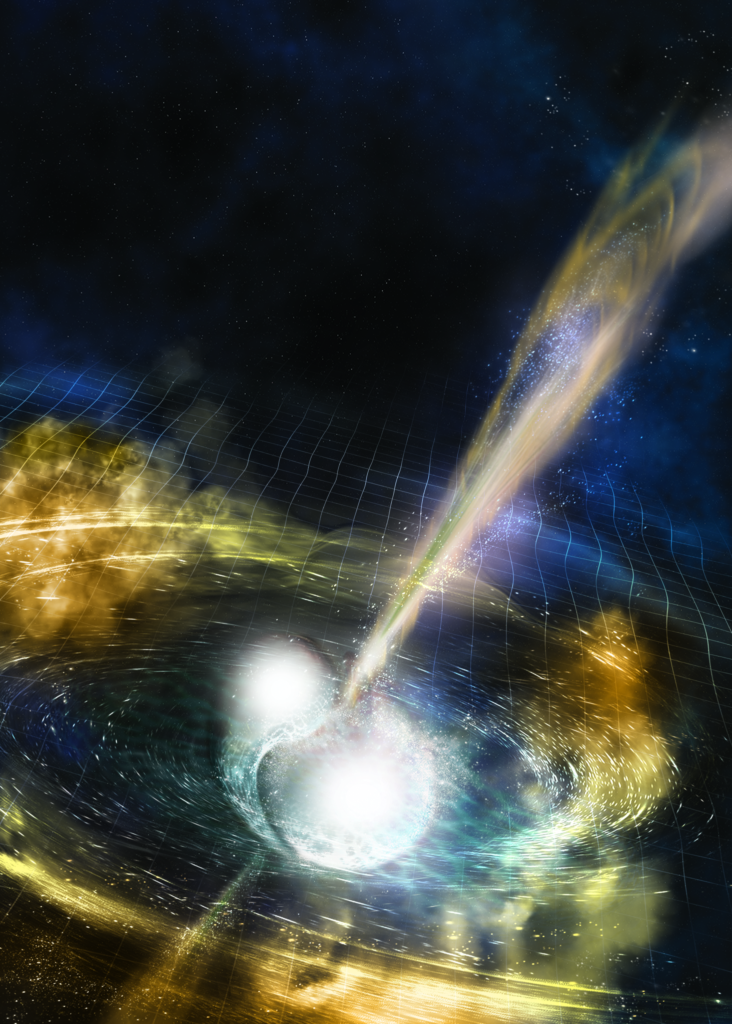
A team led by scientists that included Berkeley Lab researchers has simulated the formation of a disc of matter, a giant burst of ejected matter, and the startup of energetic jets in the aftermath of a merger by two neutron stars.